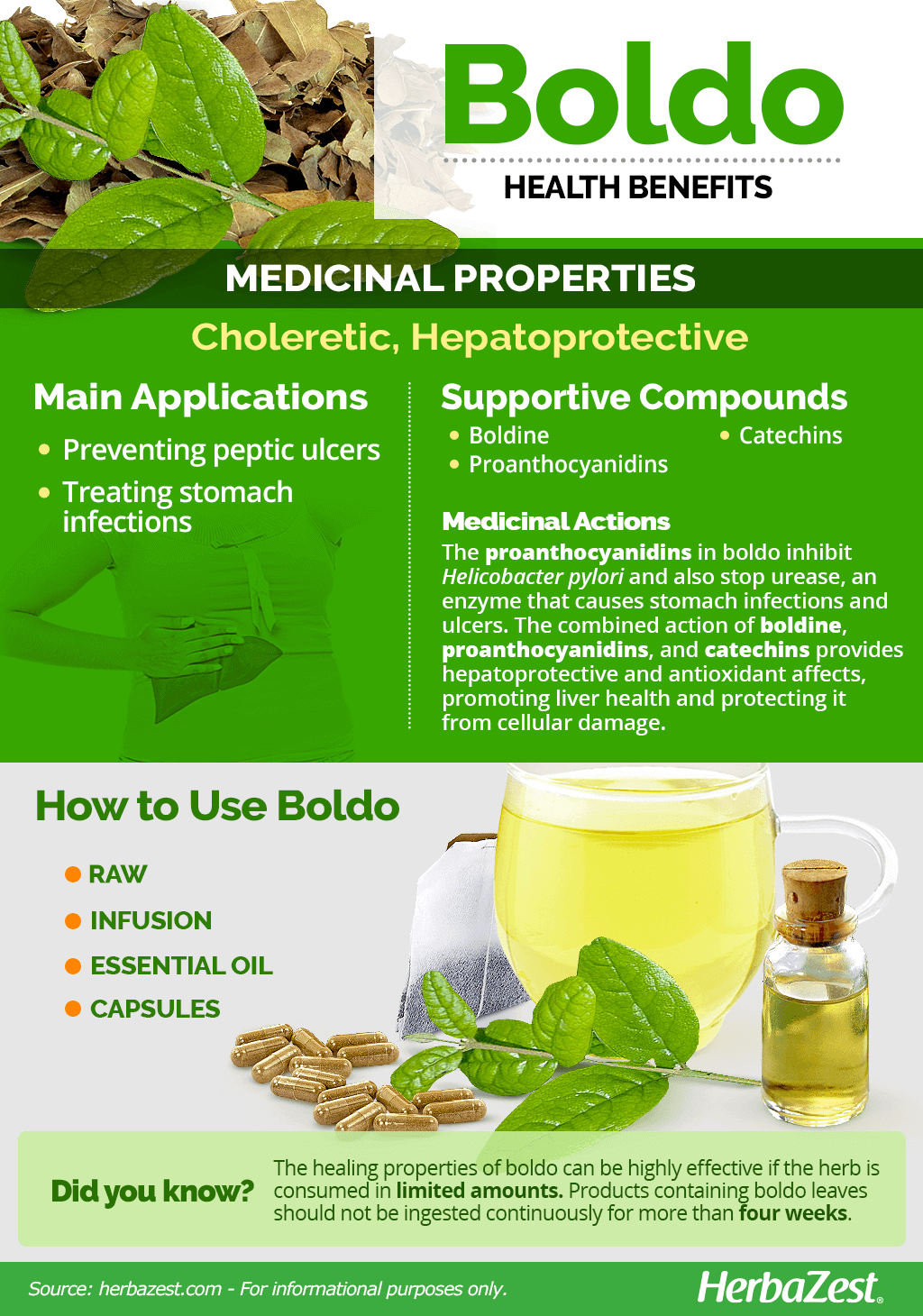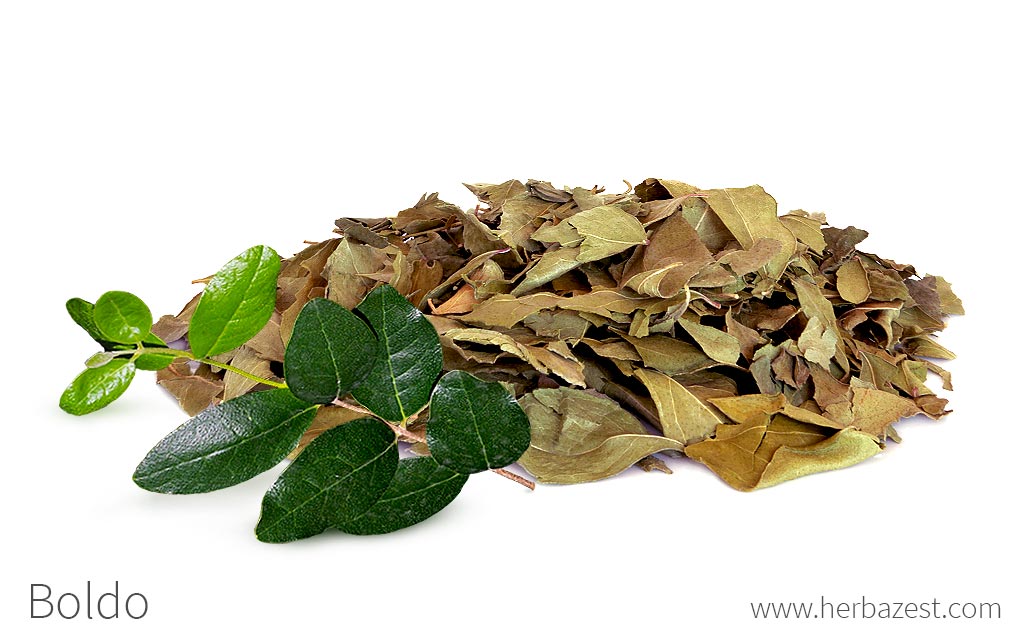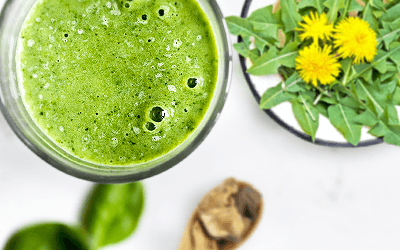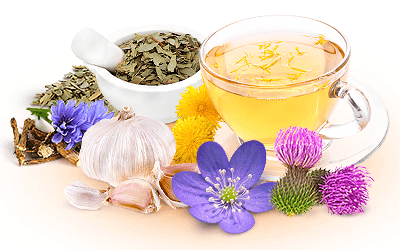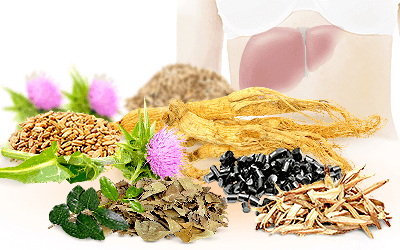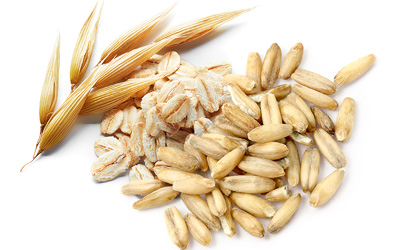Boldo is an ancient crop from the Middle East and South America, having been domesticated in Chile thousands of years ago. Native South Americans have been using boldo for medicinal purposes centuries before it was introduced to both North America and Europe, where it is still used as an herbal remedy for certain ailments, and its flavor is now appreciated by many cultures as well.
Boldo Medicinal Properties
- Medicinal action Choleretic, Hepatoprotective
- Key constituents Boldine, proanthocyanidins, catechins
- Ways to use Capsules, Hot infusions/tisanes, Essential oil
- Medicinal rating (2) Minorly useful plant
- Safety ranking Safe
Health Benefits of Boldo
In its native area, where it is most often consumed as a tea, boldo has been traditionally used to treat hangovers, gout, stomachache, and urogenital inflammation. Emerging research has revealed boldo health benefits in modern day:
Preventing peptic ulcers. Boldo properties may increase the amount of bile produced by the liver. This may interact with peptic ulcers.
Treating stomach infections. Boldo benefits include the ability of increasing bile production and inhibiting the bacteria that cause gastrointestinal infections.
How It Works
The proanthocyanidins in boldo have been shown to inhibit Helicobacter pylori bacteria by preventing them from adhering to the stomach lining. They can also stop urease, the enzyme produced by bacteria that causes ulcers.
In addition, boldine, proanthocyanidins, and catechins have shown hepatoprotective and antioxidant activities, promoting liver health and protecting it from cellular damage. However, the medical implications of boldo properties require further investigation.
Boldo leaves contain 17 distinct alkaloids, most notably boldine.
Other useful herbs for treating stomach ulcers are cabbage, cranberry, and cayenne, whereas artichoke, chicory, dandelion, and gentian also possess choleretic properties, which promote liver health.
Boldo Side Effects
In the U.S. boldo is Generally Recognized as Safe (GRAS) as a natural flavoring substance. However, it is not recommended to exceed the average daily doses of 3 g in any preparation. Ascaridole, a naturally occurring compound found in boldo, can have dangerous side effects, including liver damage. When consumed in high dosages, boldo can be fatal.
Cautions
When taken in excess, boldo increases the flow of bile, a fluid produced in the liver and stored in the gallbladder. Moreover, the ascaridole found in boldo can worsen the condition of those with liver disease and - if consumed in excess - can cause liver damage in healthy individuals.
People with obstruction of the bile ducts should not use boldo, and doctor's advice is recommended for those who suffer from gallstones before consuming the herb in any form.
Additionally, boldo can slow blood clotting. Because of this, those who are about to undergo surgery should not use boldo in medicinal doses.
Because of its emmenagogue properties, ascaridole can trigger menstruation. Women who are pregnant or breastfeeding should not use boldo, since it can cause miscarriages and birth defects.
Products containing boldo leaf should not be ingested continuously for more than four weeks.
How to Consume Boldo
- Edible parts Leaves
- Edible uses Beverage
- Taste Mildly bitter, Earthy
Despite some of its potential risks, the healing properties of boldo can be highly effective if the herb is consumed in limited amounts. The most effective way of obtaining the health benefits from boldo is in medicinal forms, where the ascaridole was likely filtered out.
Natural Forms
Raw. While it is rarely consumed in this form, raw boldo, when consumed in small quantities, can treat stomach infections by increasing bile production.
Infusions. In its most popular medicinal form, boldo infusions can help prevent and treat peptic ulcers.
Herbal Remedies & Supplements
Essential oil. In this concentrated form, which should be diluted in water before consumption, boldo can help protect the liver against infections and it is great for aiding digestion.
Capsules. Boldo capsules can treat stomach infections and prevent peptic ulcers because of its high concentration of proanthocyanidins.
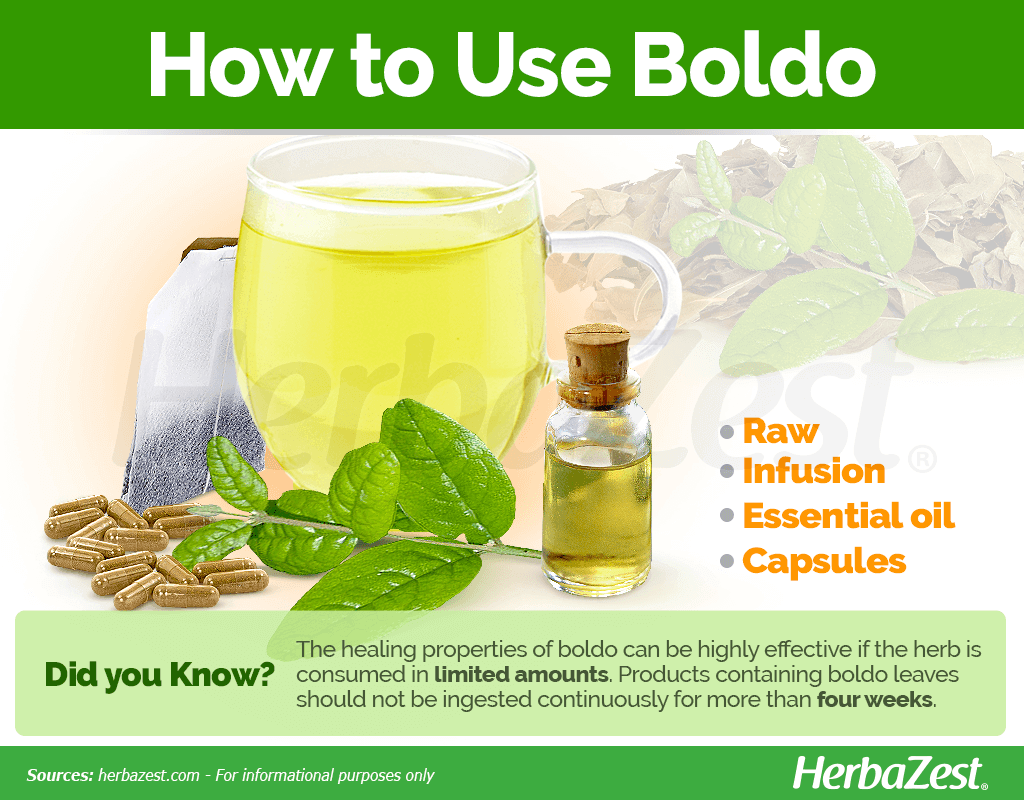
Buying
- Where to buy Specialized health stores, Online herb stores
Natural Forms
Boldo leaves often are sold in the form of practical teabags, which can be found in specialized health stores, and are also available to be purchased through many online retailers. Purchasing raw boldo is much less common, but is it available from specialized growers.
Herbal Remedies & Supplements
In medicinal forms, such as oil and capsules, boldo is easier to be found online, where herbal retailers stock a wide variety of brands.
Growing
- Life cycle Perennial
- Harvested parts Leaves
- Light requirements Full sun
- Soil Loamy sand
- Soil pH 5.6 – 6.0 (Moderately acidic), 6.1 – 6.5 (Slightly acidic), 6.6 – 7.3 (Neutral)
- Growing habitat Cool temperate regions, Temperate climates
Native to South America and the Middle East, the boldo tree is little known outside of Chile, Peru and Morocco, countries where it is grown commercially. Each part of this plant has a sweet aroma, particularly the leaves. The cultivation of boldo requires certain specific conditions, both weather and soil, which guarantee optimal growth.
Growing Guidelines
Fertile, sandy soil is needed, and a good drainage is crucial; boldo trees should not be planted in soil that is too moist.
Boldo requires full sun exposure and enough space to grow. Proper irrigation is crucial.
Boldo grows best in temperate regions, which a tolerance of occasional light frost.
It should be grown indoors or in a greenhouse during its first winter, especially if it is grown in colder regions, since seedlings are vulnerable to bad weather.
During their first winter it is outside, boldo plants should be protected from snow and frost, possibly with a tarp or some sort of barrier to protect it from harsh wind and snow.
Boldo leaves can be gathered year round.
Additional Information
- Other uses Repellent
Plant Biology
A perennial native to both Chile and the Middle East, the boldo tree can be male and female, and in both cases is easily identified by its distinguishable flowers. This evergreen can grow up to 20 feet (6 m) high, and produces edible, nutritional, small green spherical fruits.
Classification
Boldo (Peumus boldus) is a member of the Monimiaceae family, which contains around 220 flowering plant species across 25 genera. The members of this family are native to the Southern Hemisphere. The first recorded fossil from this family dates back to the Cretaceous period.
Varieties and Subspecies of Boldo
Peumus boldus is the only species in its genus. Obsolete botanical synonyms for this species include Boldea fragans and Peumus fragrans.
Historical Information
Boldo was a traditional remedy used by the Araucanians of Chile as a tonic because of its ability to stimulate bile flow. Other South American and Middle Eastern cultures have used boldo as a remedy for insomnia, rheumatism, syphilis, and gonorrhea.
Economic Data
Boldo's main economic importance is in the tea industry, where it is produced as an herbal medicine. Outside of its native areas, boldo leaves are sold in the form of teabags, in some specialized grocery stores and online. Chile continues to be the biggest producer of boldo, exporting about 2000 tons of leaves every year.
Other Uses
Insecticide. Boldo has insecticidal properties, and recent studies have shown that its essential oil is very effective as a natural herbicide.
Sources
- ESCOP Monographs: The Scientific Foundation for Herbal Medicinal Products, pp. 52 - 55
- European Medicines Agency, Assessment Report on Peumus boldus
- Free Radical Research, Free-radical scavengers and antioxidants from Peumus boldus Mol., 2003
- Herbal Drugs and Phytopharmaceuticals, p. 93
- Issues in Life Sciences-Molecular Biology: 2012 Edition, p. 426
- Molecules, Exploring the Insecticidal Potential of Boldo (Peumus boldus) Essential Oil: Toxicity to Pests and Vectors and Non-target Impact on the Microcrustacean Daphnia magna, 2019
- Pharmacological Research, Boldo and boldine: an emerging case of natural drug development, 1994
- The University of Texas at El Paso, University of Texas System, Herbal Safety, Boldo
- Encyclopedia of Herbal Medicine, p. 245
- Medicinal Plants of the World, p. 236
- Germplasm Resources Information, Taxon: Peumus boldus Molina
- Phytotherapy Research, Effect of boldo (Peumus boldus Molina) infusion on lipoperoxidation[...],2009 ; Catechin-based Procyanidins from Peumus boldus Mol. Aqueous Extract Inhibit Helicobacter pylori Urease [...], 2014
